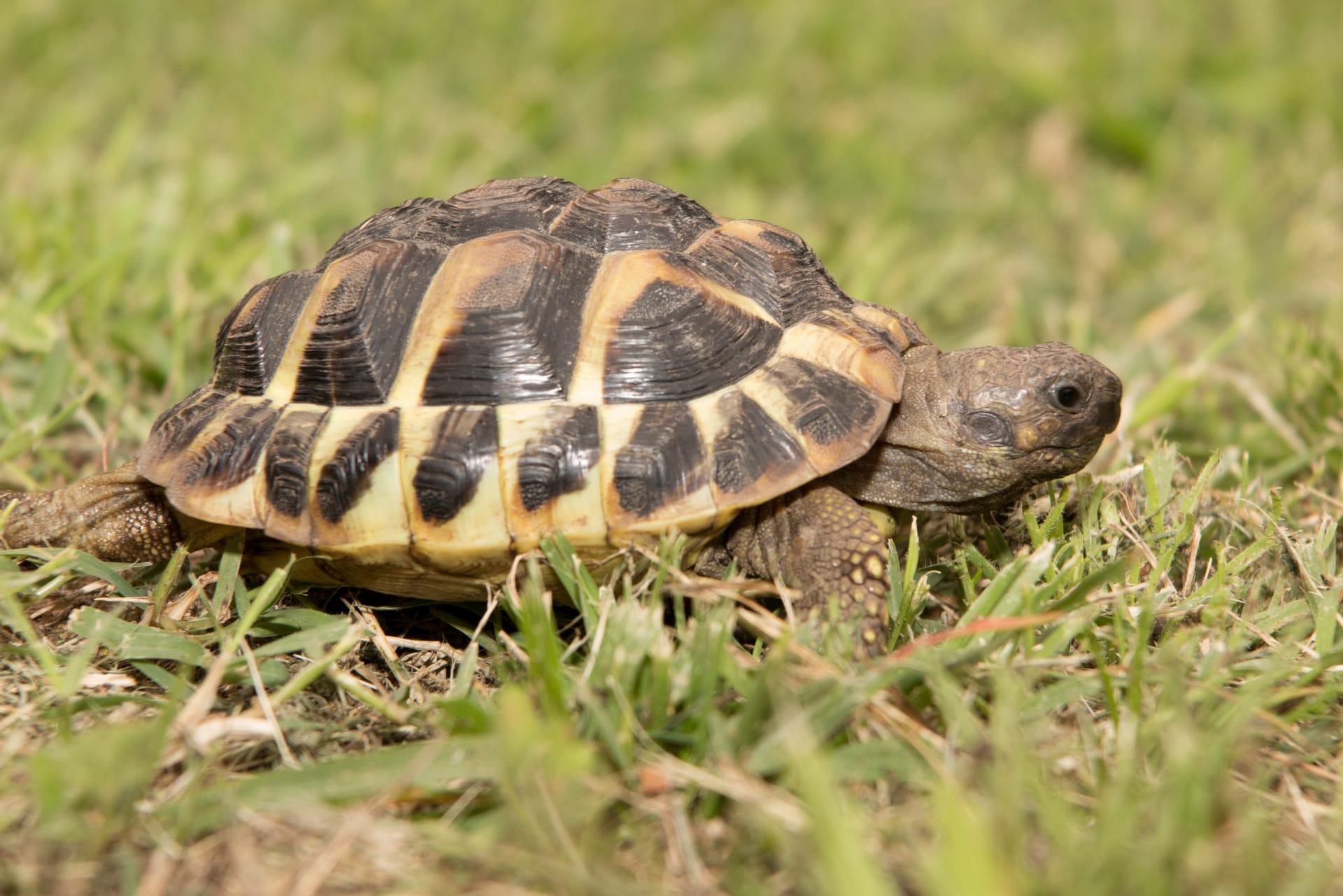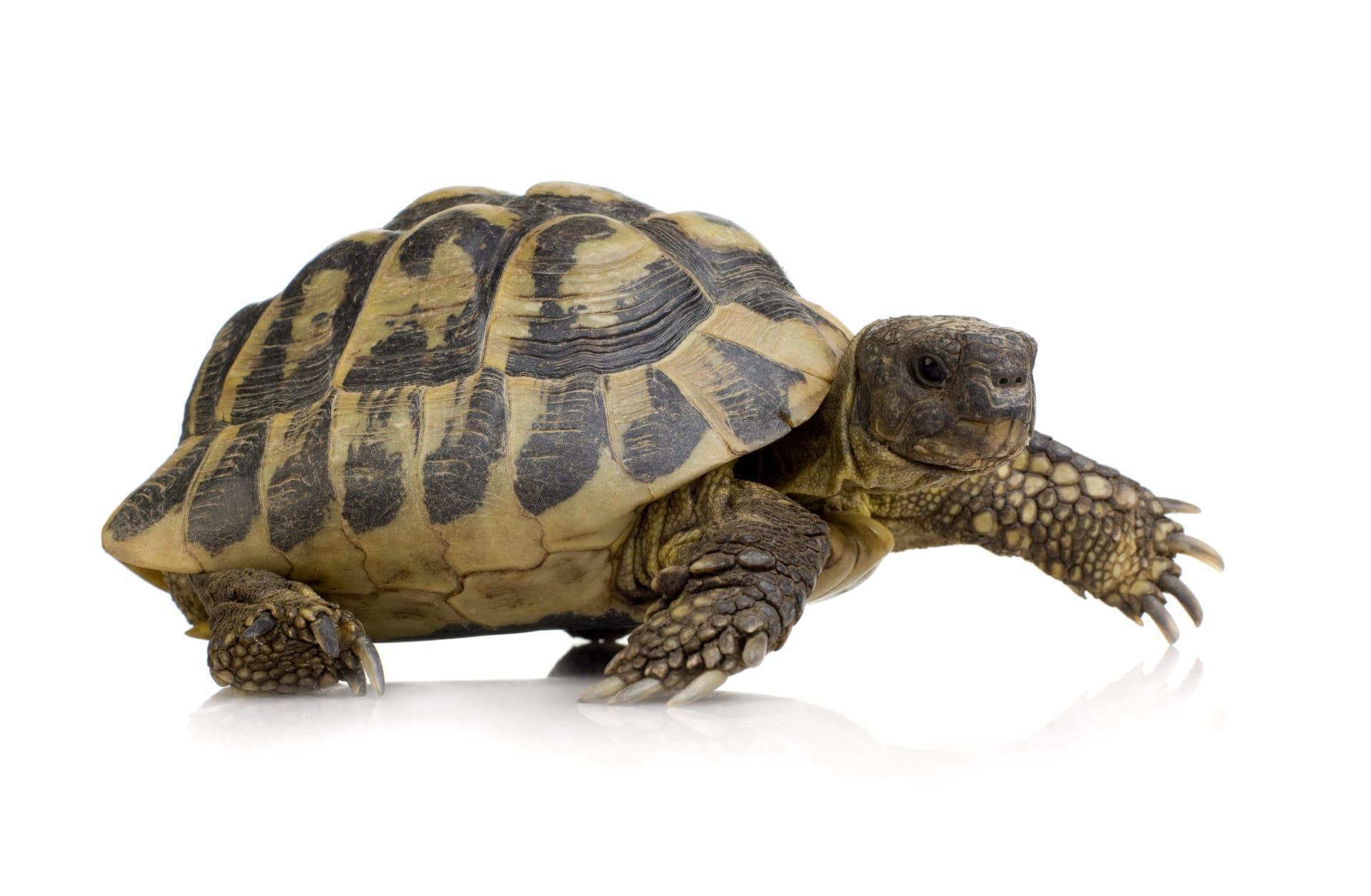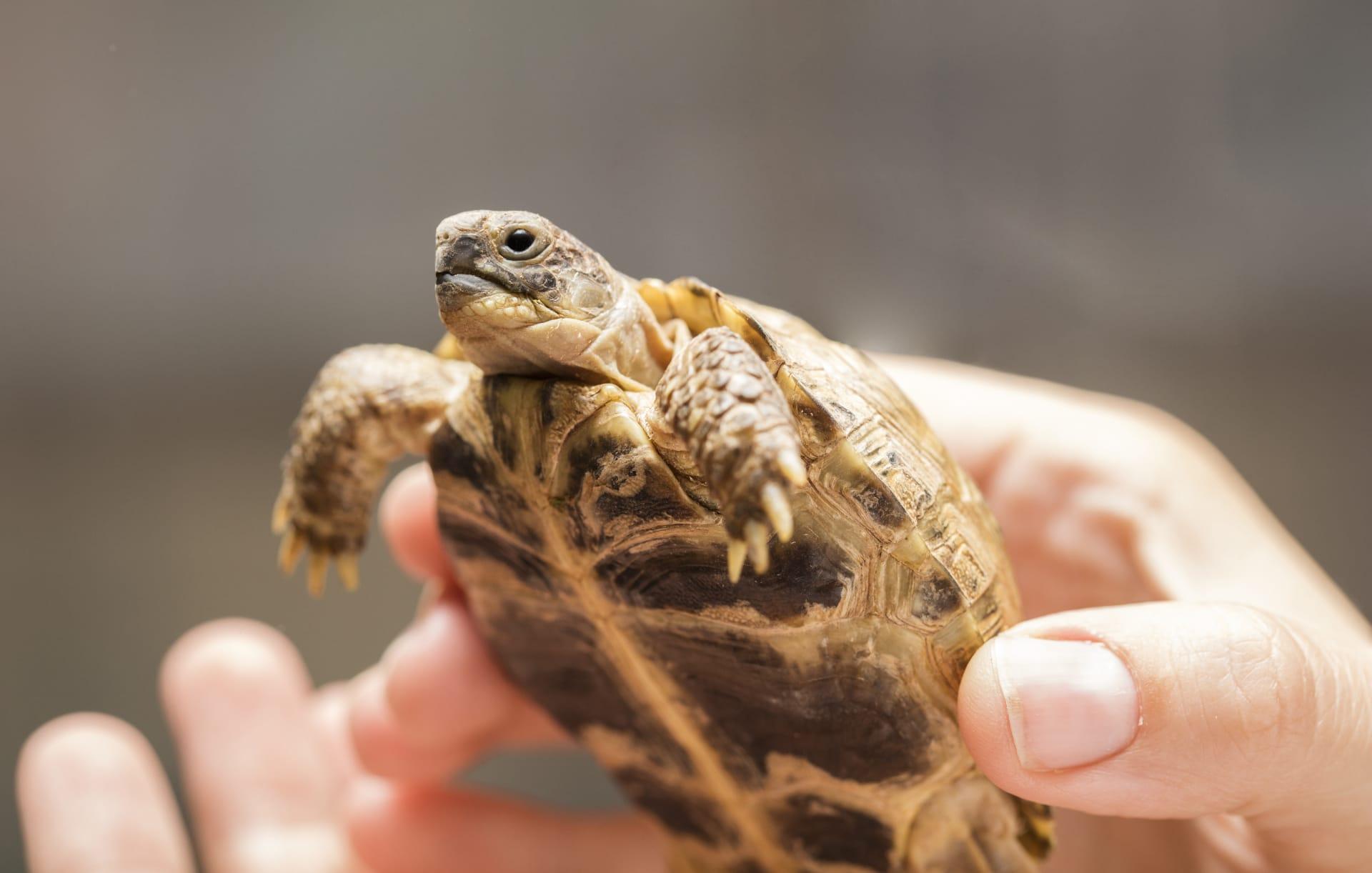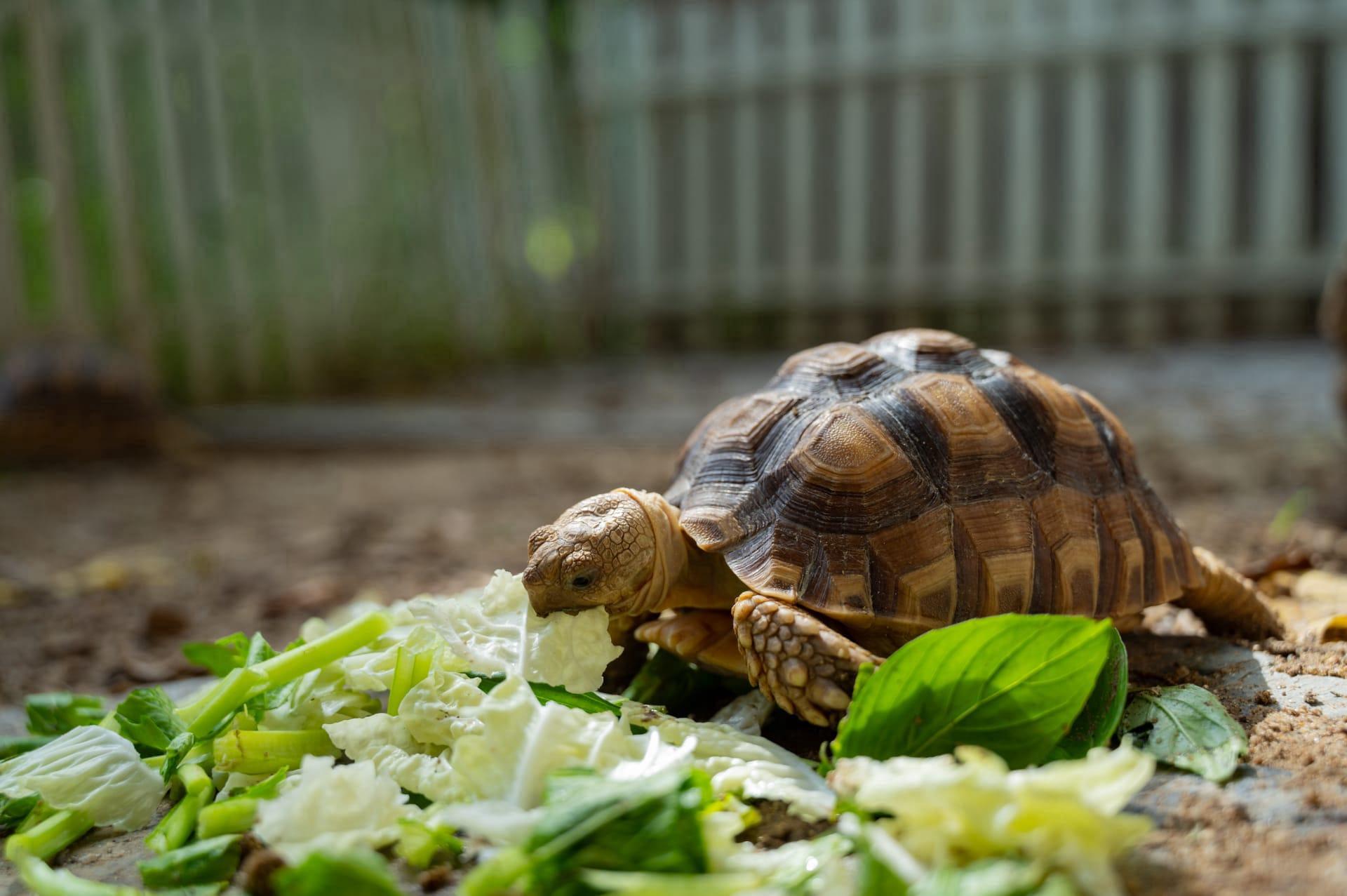European Land Tortoise
- Home /
- Mini Encyclopedia /
- Animal /
- European Land Tortoise
1
The European Land Tortoise, scientifically known as Testudo hermanni, belongs to the Testudinidae family. This species, often admired for its distinctive shell and gentle demeanor, has two subspecies: the Western Hermann's tortoise (Testudo hermanni hermanni) and the Eastern Hermann's tortoise (Testudo hermanni boettgeri). The Western variant is smaller, typically measuring up to 18 centimeters in length, while the Eastern can grow up to 30 centimeters. Their lifespans are remarkable, with individuals often living for 50 years or more in the wild.
These tortoises are native to southern Europe, with their range extending from Spain and France in the west, across Italy and the Balkans, to Romania and Turkey in the east. The Western Hermann's tortoise is primarily found in the western part of this range, including Spain, France, and Italy. The Eastern Hermann's tortoise, on the other hand, occupies the eastern regions, such as the Balkans and Turkey. They prefer a habitat that offers a mix of sun and shade, such as light forests, scrublands, and meadows. Their distribution is heavily influenced by climate, with most populations thriving in warm, Mediterranean environments.

2
Question: Do European Land Tortoises hibernate?
Answer: Yes, European Land Tortoises do hibernate, a common misunderstanding about these creatures. They undergo hibernation during the colder months, usually from late autumn to early spring. This period can last from 3 to 6 months, depending on the climate of their habitat. During hibernation, their metabolic rate significantly slows down, and they retreat into burrows or sheltered places to conserve energy. This adaptation is crucial for their survival, allowing them to endure periods of cold weather and scarce food resources.

3
The survival strategies of the European Land Tortoise are fascinating and diverse. One key strategy is their ability to regulate their body temperature through behavioral thermoregulation. They bask in the sun to warm up and seek shade or burrow into the ground to cool down. Their slow metabolism also plays a crucial role in their survival, enabling them to thrive on limited food resources. They primarily feed on a variety of vegetation, including leaves, flowers, and fruits, which they forage during the warmer parts of the day.
Additionally, their hard shells provide not only a form of protection from predators but also help in regulating their body temperature and hydration. European Land Tortoises are known for their efficient use of water, a critical factor in their survival in often arid Mediterranean climates. They can store water in their bladders and reabsorb it as needed, reducing their dependence on frequent water sources.

4
In the ecosystem, European Land Tortoises play a significant role as herbivores. They help in the dispersal of seeds through their diet, contributing to plant diversity and the health of their habitats. By feeding on a wide range of vegetation, they aid in maintaining the balance of plant species, preventing any single species from dominating the landscape.
Their presence also influences the population dynamics of their predators, such as birds of prey and mammals. As a prey species, they form a part of the food chain, contributing to the ecological balance. Furthermore, their burrowing behavior can aid in soil aeration and the cycling of nutrients, thereby enhancing soil quality and supporting other plant and animal life in their ecosystem.

5
Film: "The Secret Life of the Hermann's Tortoise" (United Kingdom, 2018) explores the hidden world of these tortoises in the wild. This documentary highlights their daily activities, survival strategies, and the challenges they face in their natural habitat. It also sheds light on conservation efforts to protect these ancient creatures.
Book: "Tortoises of the Mediterranean: Biology, Conservation, and Care" (United Kingdom, 2015) by Dr. Jane Carruthers, delves into the lives of tortoises in the Mediterranean region, including the European Land Tortoise. The book provides insights into their ecology, behavior, and the conservation challenges they face, along with practical advice on their care in captivity.
Book: "Testudo Times: A Journey Through the World of Tortoises" (Germany, 2020) by Hans Bauer offers a comprehensive look at various tortoise species, including the European Land Tortoise. Bauer's work combines scientific research with captivating narratives, exploring the fascinating world of these reptiles and their significance in the ecosystems they inhabit.